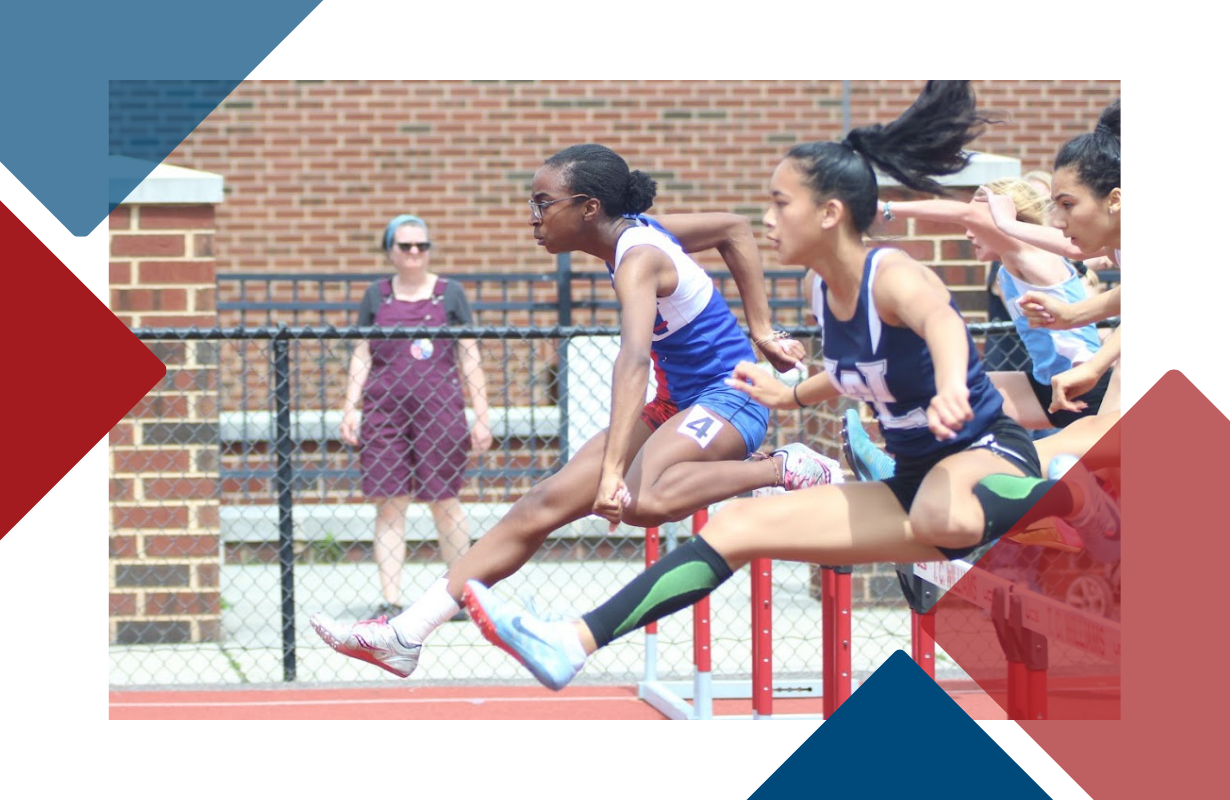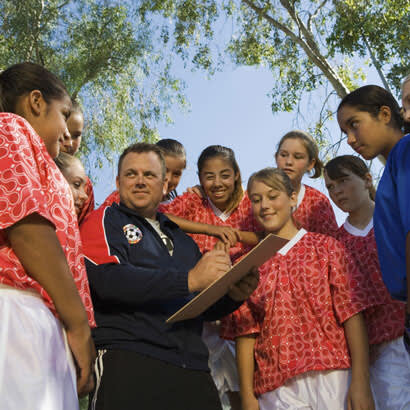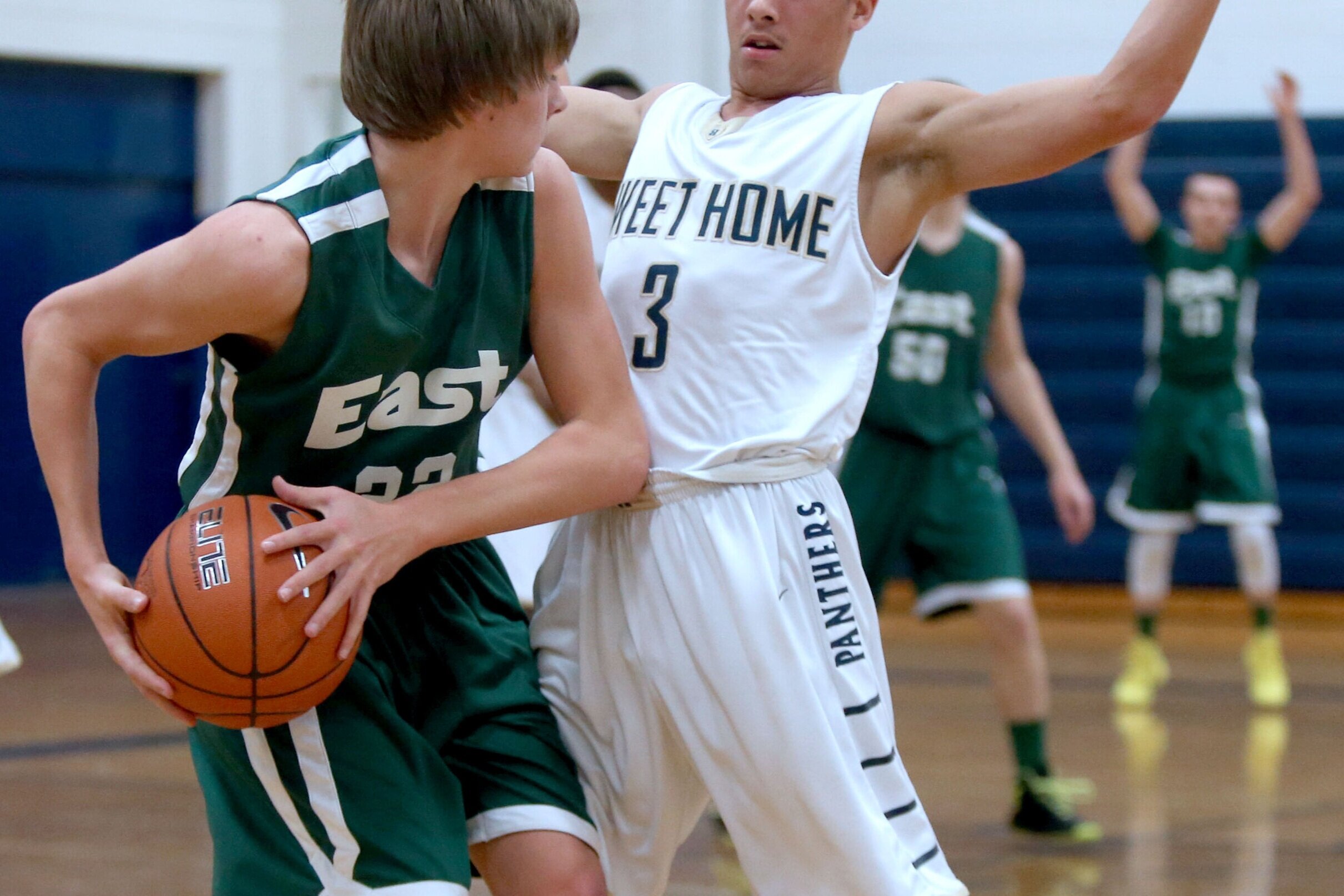U.S. Senator Pat Toomey (R-Pa.) recently convened a virtual roundtable about youth baseball and softball leagues safely resuming play. Former softball star Jennie Finch and ex-Major League Baseball All-Star Jimmy Rollins were among the headliners who encouraged bringing sports back in a responsible manner.
But the most interesting remarks came from Dr. Jay Bhattacharya, Stanford University School of Medicine professor and director of the Program on Medical Outcomes.
“It’s very unlikely that kids will pass the COVID-19 infection to their parents or to adults,” Bhattacharya said. “It almost always runs the other direction.”
Bhattacharya cited a study in Iceland of a random sample of 848 children the age of 10. None of the children tested positive for COVID-19, which guided Iceland’s decision to keep schools open for children under 16.
“What they concluded was that there was no evidence at all of any infections passed from kids to parents or other adults. Zero,” Bhattacharya said. “Now, there may be some cases we can point to and say that there is some. I can’t say it is literally zero. There is always a possibility. What we can say pretty certainly is that it is much less likely than the other way around where adults pass the virus to kids.”
The risk of kids becoming infected with the virus and transmitting it to adults has become a central question about whether to reopen youth sports, along with schools and other activities for kids. In deciding last week to allow youth sports in Florida to return without state guidelines, Gov. Ron DeSantis said children haven’t turned out to be effective spreaders of the illness.
“The data is pretty clear that, for whatever reason, kids don’t seem to get infected at the same rates that some other adults get infected,” said DeSantis, who allowed local municipalities to create their own rules.
Data show children are getting infected by the coronavirus at much lower rates than adults, and most of those who do have mild symptoms, if any. The Atlantic spoke with health experts who hypothesized that COVID-19 could be much less severe in children because of a child’s still developing immune system.
Still, many leading health experts caution that it’s too soon to declare kids are less capable of being infected or transmitting the virus.
“Children can be infected with the virus that causes COVID-19 the same way as adults, and they can infect others if they have it,” the Centers for Disease Control and Prevention told ABC News. “Like adults, children may be infected but not have symptoms, and there is increasing evidence that people without symptoms may also spread the disease.”
Dr. Anthony Fauci, the nation’s top infectious disease expert, warned of the potential dangers of the virus to children while testifying before a U.S. Senate panel May 12.
“I think we better be careful that we are not cavalier in thinking that children are completely immune to the deleterious effects,” Fauci said. “You’re right in the numbers that children in general do much, much better than adults and the elderly and particularly those with underlying conditions. But I am very careful, and hopefully humble, in knowing that I don’t know everything about this disease. And that’s why I’m very reserved in making broad predictions.”
Health experts say children are generally important vectors in respiratory virus epidemics because of congregation and hygiene. But this disease behaves far less predictably than past respiratory ailments, so relying on principles from the past could mislead public health officials.
In recent weeks, there have been emerging reports from the U.S. and Europe of a very small number of children who developed multisystem inflammatory syndrome, which may be linked to COVID-19. Most patients have recovered, but three children in New York died. It is a condition where different body parts can become inflamed, including the heart, lungs, kidneys, brain, skin, eyes or gastrointestinal organs. Although the illness is very rare, experts do not yet know who is at most risk.
Last week, New York Gov. Andrew Cuomo said he wouldn’t feel safe sending his own children to summer camp right now. The syndrome influenced the state’s decision to cancel in-classroom summer school this year. New York City’s health department put out a fact sheet about multisystem inflammatory syndrome.
New York is investigating 161 cases of the baffling illness, spanning 13 counties and a wide age demographic, affecting infants to young adults. Most cases are in kids ages 1 to 14. Ninety percent of the children displaying symptoms tested positive for COVID-19 or its antibodies. Twenty other states have cases as well, according to NBC News 4 in New York.
Researchers are attempting to answer questions about how much risk children have with COVID-19. In one study published in the journal Science, researchers analyzed data from two cities in China (Wuhan and Shanghai) and found that children from infants to age 14 were about a third as susceptible to coronavirus infection as adults were. The researchers estimated that closing schools could reduce outbreaks by about 40% to 60%.
Another study in Germany analyzed a group of 47 infected children, most of whom were mostly free of symptoms. The children who were asymptomatic had viral loads that did not differ significantly from those of adults. The study has not been peer reviewed yet. “Based on these results, we have to caution against an unlimited re-opening of schools and kindergarten in the present situation,” researchers wrote. “Children may be as infectious as adults.”
Lauren Sauer, Johns Hopkins Medicine Office of Critical Event Preparedness and Response director of operations, said the public must accept that reopening youth sports will mean increased exposure and probably more cases.
“We still have a ways to go on understanding how COVID-19 impacts kids and how youth can potentially or not potentially be drivers of transmission,” Sauer said. “We have to be willing to adapt our best practices and revise recommendations regularly. This can be challenging in the context of sporting events, and particularly challenging when thinking about teaching kids new behaviors.”
Good science takes time. Time has run out on many people’s patience to wait for sports.
In California, Patrick Walsh has seen his high school football program and youth program shut down. Walsh said he doesn’t understand why public health decisions factor in a small number of COVID-19 cases involving youth without considering other major health considerations that kids miss out on.
“What’s most unhealthy is the lack of mental engagement for kids without sports, and I’m not sure anyone is fighting for this,” he said. “I’m more afraid of the hard data than potential data.”
Do you have a topic that you would like Project Play to explore in future COVID-19 youth sports coverage? Email Jon Solomon at jon.solomon@aspeninstitute.org.
- Project Play: Health experts: Travel games should be last to return in youth sports
- Project Play: Survey: 50% of parents fear kids will get sick by returning to sports
- ABC News It's too soon to declare kids 'less capable' of transmitting COVID-19: Experts
- Washington Post For youth sports organizers, the right call has never been more elusive or important





















